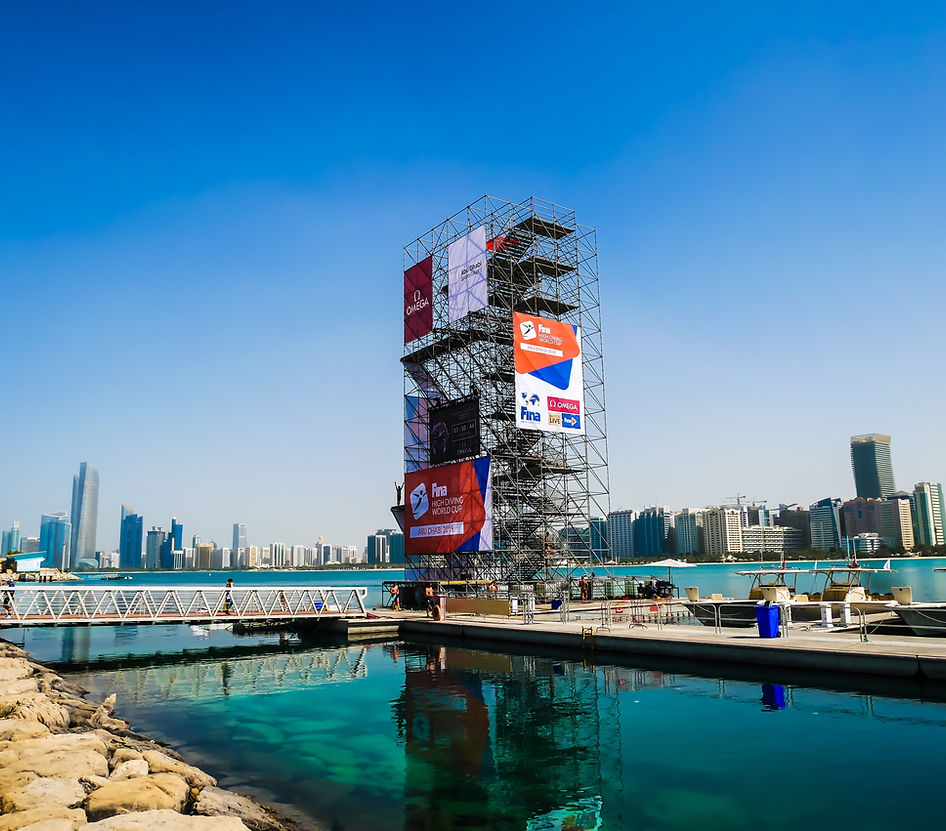
Designing a functional kitchen involves more than just aesthetics; it’s about creating a space that is practical, efficient, and tailored to your cooking and lifestyle needs. A well-thought-out kitchen design increases usability and improves your cooking experience. Here’s how to create a functional kitchen design UAE that balances form and function.
Plan the layout:
The kitchen layout is foundational to its functionality. Consider the work triangle, which involves the sink, stove, and refrigerator. This concept ensures that these key areas are conveniently placed to minimize movement and streamline meal preparation. Common layouts include U-shaped, L-shaped, and galley designs. Choose a layout that suits your kitchen space and workflow.
Increase storage solutions:
Effective storage is vital for a functional kitchen. Incorporate a variety of storage solutions, such as deep drawers, pull-out shelves, and lazy Susans, to keep kitchen essentials organized and accessible. Use vertical space by installing cabinets that reach the ceiling and add pantry shelves for additional storage. Custom cabinetry and built-in organizers can also optimize storage and reduce clutter.
Consider lighting:
Good lighting is essential for a functional kitchen. Incorporate a combination of task, ambient, and accent lighting to illuminate work areas and create a pleasant atmosphere. Install under-cabinet lighting to brighten countertops, and use pendant lights or chandeliers over islands or dining areas. Proper lighting improves both safety and the overall cooking experience.
Choose durable materials:
Select materials that can withstand the rigors of daily use. Opt for durable countertops like granite or quartz that resist stains and scratches. Choose high-quality cabinetry and flooring materials that are easy to clean and maintain. Investing in durable materials ensures that your kitchen remains functional and attractive for years to come.
Incorporate functional appliances:
Choose appliances that improve the kitchen’s functionality and suit your cooking style. Consider built-in options to save space, such as integrated dishwashers and refrigerators. Select energy-efficient models to reduce utility costs and improve sustainability. Ensure that appliances are conveniently placed within the work triangle to optimize workflow.
Design for efficiency:
Design your kitchen with efficiency in mind. Place frequently used items within easy reach, and create designated areas for specific tasks, such as meal preparation, cooking, and cleaning. Incorporate a central island or breakfast bar for additional workspace and casual dining. Ensure that there is ample counter space for food preparation and serving.
 Tips For Posing Newborns In Photography
Tips For Posing Newborns In Photography  The Significance Of Certifications In Scaffolding Rental Companies
The Significance Of Certifications In Scaffolding Rental Companies  How To Choose The Right EB-5 Regional Center
How To Choose The Right EB-5 Regional Center  5 Features To Look For In Forex Trading Courses
5 Features To Look For In Forex Trading Courses 


